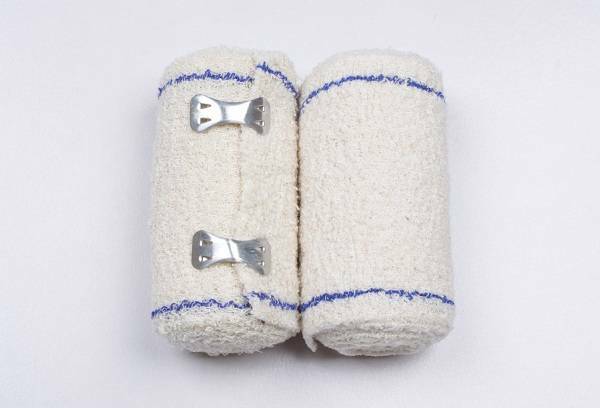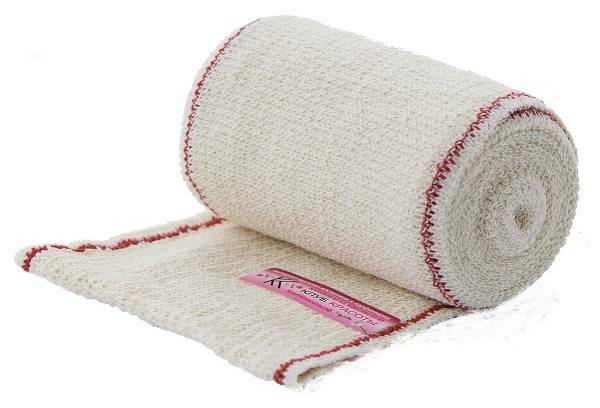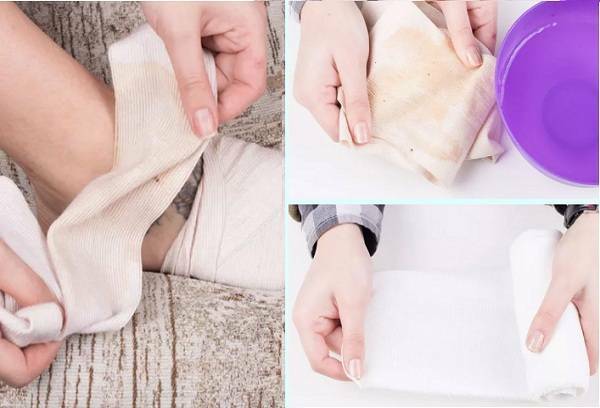How to erase elastic bandage by all the rules know a few. The reason for this lies in the inattentive attitude towards the instructions attached to the product. Some people who use such bandages for medical or prophylactic purposes generally consider them to be disposable and are changed as needed.

In fact, if you know how to properly care for the material, specialized items can be used for quite some time. At the same time, their functionality will not suffer at all in comparison with the initial state.
When and how best to erase elastic bandages?
Regardless of the purpose for which an elastic bandage is used, it should be cleaned as much as possible. It makes no sense once again to subject the fragile elements of the material to aggressive processing. If you wash products after each use, then the thin rubber threads will stretch out pretty quickly and become unusable. If you neglect regular care, then these parts will dry up and begin to break.

The service life of the bandages can be noticeably prolonged if the following conditions are observed:
- Washing is carried out only in lukewarm water. Washing powders and soaping are prohibited. It is better to initially prepare a soap solution( from liquid soap, shampoo, detergent), foaming it and use for soaking.
- After very careful and gentle washing without intensive action, bandages should be rinsed in the same cool water.
- You can not untwist the material, it is better to fold it several times and squeeze it lightly, by stretching the fibers.
- Dry the bandage best on the dryer, away from direct sunlight and artificial heat sources, otherwise the rubber will dry up and break, and the fibers will quickly wear out. Elastic material is not recommended to hang, it needs to be spread out in a horizontal plane.

Tip: The elastic bandage in its texture and properties is no different from most of the existing types of compression linen, therefore, all the recommendations for care of the device can be used in relation to other profile products.
If everything was done correctly, but even after such cautious actions, the quality of the material deteriorated, then it is better not to use it in the future, and to abandon a specific brand for the future. Trying to impose stretched bandages more tightly, it is possible to accidentally draw blood vessels, causing a blockage in the supply of tissues. This not only does not give the desired preventive effect, but it can also provoke the development of pathological conditions.

Nuances of using the washing machine
If it is a modern device with the ability to select and turn off functions, then the elastic bandage can be washed in this way. In this case, you need to pay attention to the following points:
- Do not spread the bandages in the expanded form. Fold them into a free ring and place in a bag for washing.
- Water can again be used only cool, its temperature should not exceed 30 ° C.
Tip: Given the fact that such a bandage dries quite a long time, it is better to initially purchase an additional product( or pair).Then there will be no temptation to use forbidden methods for drying the material.

- Wash best with liquid enzyme powders, they will not spoil the texture of the material, and all the contaminants can easily be removed.
- Squeezing and drying off, otherwise the bandages must be stretched, damaged, the rubber threads will break. We select the most gentle washing mode. If there are serious concerns, you can turn off and rinse. In this case, it will be possible to rinse the objects yourself correctly and in the water of a suitable temperature after preliminary treatment.
Even with all the recommendations listed, the bandage will gradually wear out, losing its original density. The fulfillment of the conditions of correct and regular care guarantees 2.5-3 months of service to the products, sometimes even a little longer. After this, the device will have to be replaced.
